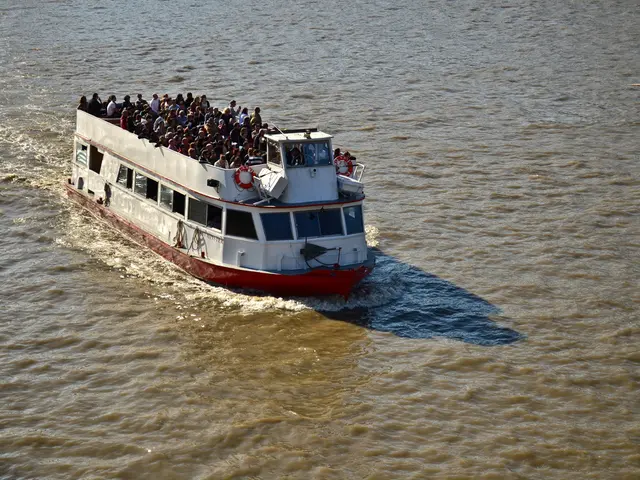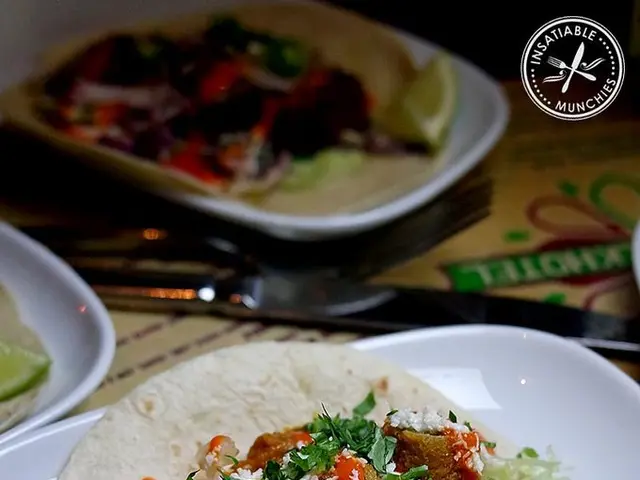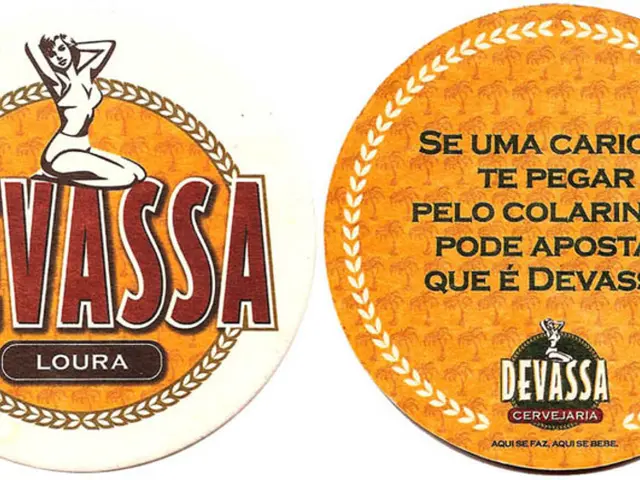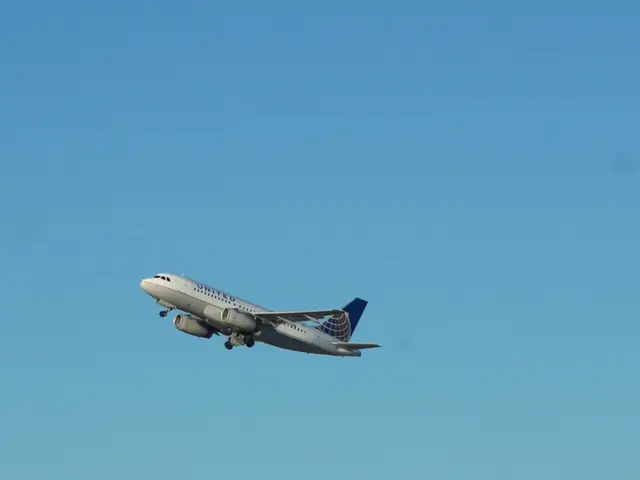Casually dressed individuals in transit to Zingzingbar locale
In May 1965, a trekking expedition led by John Banon, a seasoned guide of the Kullu Himalayas, marked the opening of a previously unexplored route for tourists. The journey, starting from Manali, traversed Zingzingbar and Baralacha La, offering breathtaking vistas and an authentic taste of the region's unspoiled landscape.
Upon receiving a sudden leave of absence, the writer and his wife promptly sought Banon's counsel on the logistics and destination, deciding to explore Baralacha La and Chandra Taal, a high-altitude lake, due to the absence of dehydrated foodstuff, clothing, and footwear suitable for high-altitude trekking.
Accompanied by three skilled porters-cum-guides, Wangyal, Zangbo, and Angchook, the group embarked on their adventure with 12-20 kg rucksacks each. Upon reaching Marhi after two days, they encountered a mule train heading towards Keylong. To ease the burden on their knees and toes, Wangyal suggested hiring a pony for their luggage to Rohtang Pass and the descent to Khoksar.
Reaching Rohtang Pass, they chanced upon a roadside eatery named 'Nepali Hotel' that served spicy pakoras and extra-sweet hot tea. The grueling 12-km descent to Khoksar was a challenge, but the couple found solace in a humble tented hotel run by a Lahauli couple. On leaving Khoksar, they spotted the inaugural minibus service, which had made its way up the mountain using dismantled Willys jeeps and gasoline barrels.
The minibus journey to Tandi was an adventure in its own right, with the driver expertly navigating a narrow, unclaimed road over steep gradients, seeking community support to push the vehicle whenever necessary. The group experienced moments of camaraderie and laughter amidst challenging terrains, eventually reaching Patseo, where they encountered lush fields of White Balsam, presenting a picturesque spectacle.
Moving forward, the travelers found themselves charmed by fragrant narcissus blooms around the Patseo rest house, a rare sight that has since been lost due to road construction towards Leh. Although they had planned to reach Baralacha La that night, they held off due to the precipitous river crossing and the guides' insistence on traversing it at night when the water transformed into solid ice.
With renewed energy, they finally reached Zingzingbar, home to a century-old caravan serai. After a chilly night spent in the serai, they braved the snow-covered slopes of Baralacha La, reaching the Pass just before dawn, accompanied by the gentle jingling of Pashmina goats from neighboring Ladakh. After a strenuous 154-km expedition, they returned to Manali, grateful for the comfort of a warm bath and a bath after 11 days.
That trek, costing slightly over half of an Army Captain's monthly salary, was an unforgettable journey, with minimal amenities at rest houses and hotels compared to today's standards. Though records regarding the introduction of the first minibus service in Lahaul remain elusive, this expedition provided early pioneers like the writer with an opportunity to explore and appreciate the untamed beauty of the Kullu Himalayas.
- The writer and his wife, inspired by their adventure-travel experience led by John Banon, found a newfound appreciation for the local lifestyle and food, especially the spicy pakoras they sampled at 'Nepali Hotel' and the home-cooked meals at humble tented hotels.
- As they journeyed through the unexplored route from Manali, they discovered various travel landmarks, such as the century-old caravan serai at Zingzingbar and the lush fields of White Balsam, adding to their understanding of the region's unique adventure-travel opportunities.
- Upon their return from the expedition, the couple reflected on the lifestyle depicted in the Kullu Himalayas, respecting the simplicity and resilience of the local people, while also cherishing the unspoiled music and mesmerizing landscapes that accompanied their adventure-travel odyssey.








